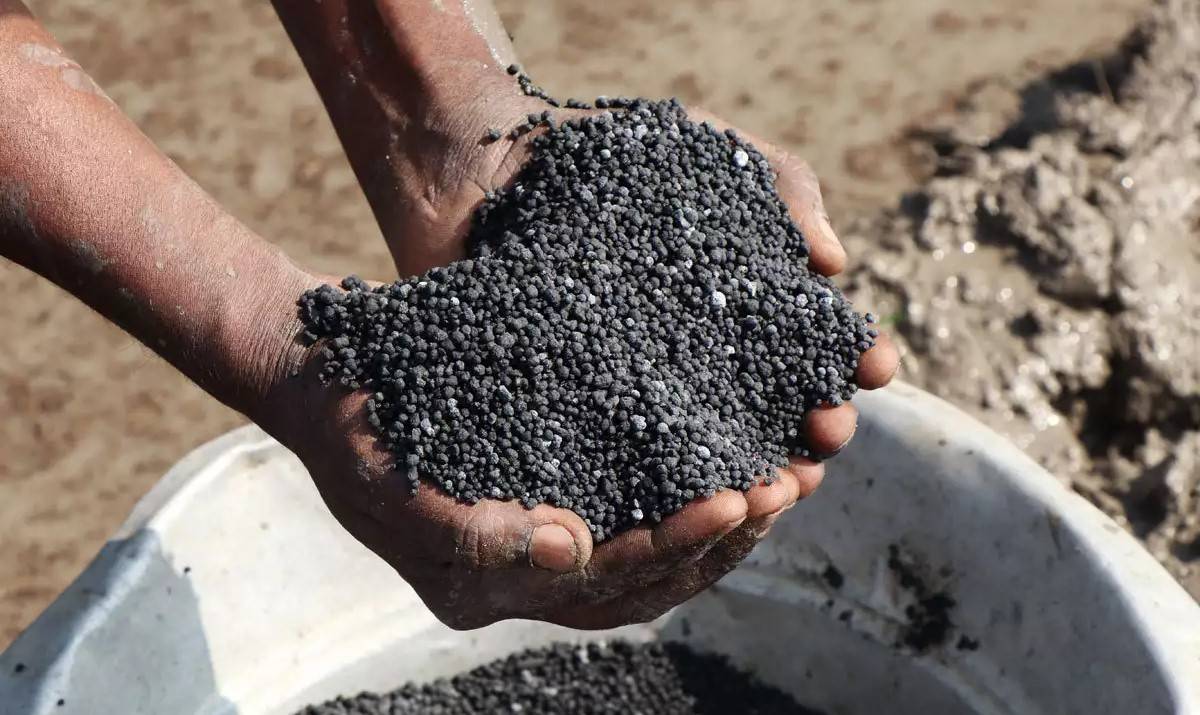
According to industry experts, the nutrient-based subsidy for kharif 2023 will be significantly lower than the rabi levels - Rs 98.02/kg for nitrogen, Rs 66.93/kg for phosphate, Rs 23.65/kg for potash, and Rs 6.12/kg for sulphur. "Global prices for potash and phosphorus have fallen since October-November last year, and the government has made it easier for some Indian companies to enter into long-term contracts to source imported fertilizers."
"Both of these factors will help reduce the subsidy," stated a top official with a major corporation. According to Fertiliser Secretary Arun Singhal, worldwide potash prices have dropped from $590/tonne to $422/tonne. "As prices begin to fall, we can naturally consider price reductions. But it would happen gradually," Singhal said in response to a question regarding plantation growers complaining about high MoP pricing.
"As of now, we are providing approximately 60% subsidy on MoP. As of now, we are providing approximately 60% subsidy on MoP. The question is whether it should be increased. However, another school of thinking holds that commercial plantation should not be subsidized. Because they argue that it makes sense when a poor farmer receives a subsidy, but not on a commercial plantation," Singhal explained.
While DAP costs around Rs 1,350 per 50 kg bag, MoP costs farmers around Rs 1,700-1,750 each bag. According to some experts, the price gap resulted in higher DAP usage last year. DAP sales grew 15% year on year to 101.35 lakh tonnes (lt), while MoP sales decreased 35% to 15.21 lt between April-February of the current fiscal year.
According to officials, the last tender for imported urea was $330/tonne (FOB, China), down from an average of $475/tonne in February and $665/tonne in October 2022. Similarly, imported DAP prices (CFR, Mumbai) have fallen to around $650/tonne today, down from around $760/tonne in October 2022.
Cherian M George, CEO of Harrisons Malayalam Ltd, stated that potash supply for tea plantations in Kerala is enough due to substantial allowances made by the government during the previous fiscal year. However, increased import potash prices are harming the business, with rates reaching 33 per kg compared to 18.
Simultaneously, summer showers in the high ranges have encouraged the use of potash, and its price rise is prompting planters to investigate other possibilities in tea gardens, such as molasses, wood ash, and so on, to substitute imported raw material.
















